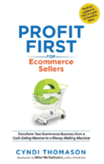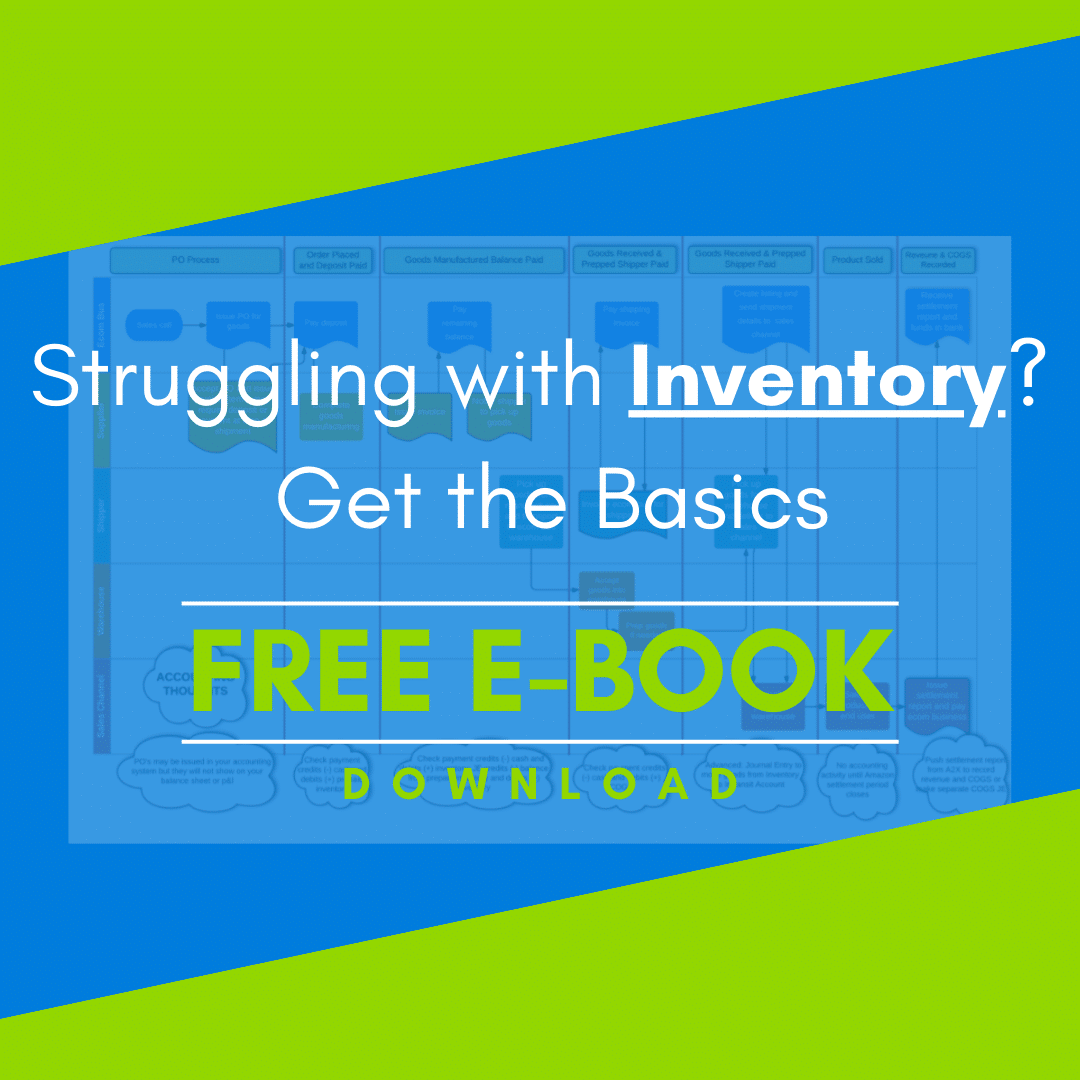It’s been my pleasure recently to connect with the amazing folks at Teikametrics.com, a Marketplace Optimization Platform designed to optimize and grow your ecommerce businesses the smart and strategic way. So when they asked me to write a blog series for them on profitability, I was happy to oblige! The series is presented on their website, but I wanted to share it here as well. Over the next four weeks we’ll be posting those blogs for those who might miss them at Teikametrics.
Below is the first in the 4-part Teikametrics blog series. So let’s talk about how to grow your ecommerce business.
Know the Profitability Levers and Grow Your Ecommerce Business
When I talk with new clients, they ask this common question, “When will I be able to take a profit?” Sometimes the question is based in the desperation of seeing their personal savings invested and the business is still needing more cash. Other business owners believe that taking any cash out of the business in the early years will cause the business to grow slower and they will lose out on an opportunity. In either case, learning how profit is created and how it can be used should be part of ecommerce 101. So often, the profitability numbers are skipped over in favor of looking at the more exciting sales numbers. While I like to watch my top line, too, at the end of the day, it’s the bottom line that will allow your business to grow without a dependence on outside sources of cash.
The Basics
In this series, we are going to start with the basics of what profit is, how its created and how it can be used in your business. Then I will explain each of the 5 levers that influence profitability in your business. Once you understand how your profitability is impacted by these levers, you can work on a plan to improve it. Ultimately, when you have profitability dialed in, you can develop a plan for using the cash generated to grow your business.
This article will focus on the basics, starting with why profit is important and how it is created. If you want to dig deeper into this topic, I recommend The Ultimate Blueprint for an Insanely Successful Business by Keith J. Cunningham. In his book, Cunningham lays out an equation that explains the relationship of profits in the business cycle. He says the purpose of a business is to acquire assets (using your cash) that are effective at generating revenue, then efficiently convert revenue to profits and to productively use the profits to create operating cash flow. If I were to draw this out for my ecommerce clients, it would look something like this:
Cash to Inventory
We use our Cash to buy Inventory. Our Inventory shows up on the balance sheet and it is the asset we purchase with our cash. Here is an example of the cash flow when starting a new business—
You take an amount from your personal savings account and open a business checking account. This business checking account is your Cash in the equation above and on your balance sheet. When you decide on the product you’re going to sell, you place an order and pay for that product and your cash leaves your bank account. The balance sheet will show less cash in the bank account and the cost of the products you purchased will show up as an asset called Inventory.
Inventory to Sales
The next transaction in this business equation is to ensure these assets are effective at generating Sales, which creates Revenue on our Profit and Loss Statement. As an ecommerce business, you’ll list your products on an online platform such as Amazon, Walmart or Shopify. When that product sells, you receive cash, typically net of fees. At this point, a transaction can be recorded to increase cash on your balance sheet and increase your revenues. But wait a second, you missed a step in your formula. What about Profits?
Sales to Profits
If the revenue is generated efficiently, your products must sell quickly and generate a high enough gross profit margin. When we talk about efficiency, we are looking at profit margin on our products. Gross profit margin considers your costs of sale, including shipping, packaging, duties and tariffs, advertising, etc. From an accounting perspective, you must move your cost of the product from the Inventory account on the balance sheet and record it on the Profit and Lost statement as a cost of goods sold. You must also consider the fees that you paid your sales platform, the shipping costs, etc. These are all recorded on your Profit and Loss Statement in the Cost of Goods Sold section.
Profits to Cash
Finally, the gross profits are to be used productively used to generate Cash. Productive in this case means using the gross profits to cover operating expenses that are needed including taxes. Operating expenses also show up on the Profit and Loss statement and include advertising costs, your wages, employee/contractor wages, subscriptions to software that you use to manage your business, etc. When you review the Profit and Loss statement, you want to ensure that your operating expenses remain low so that more cash remains in the business to serve as an input for you to repeat the cycle.
From this explanation and diagram, you can see that Profit and Cash are not the same thing. In fact, Cunningham says that profits are just a theory based on accounting rules. The ultimate measure is actually cash. I appreciate this distinction because it allows the business owner to always know how they are doing simply by looking at the bank account. Many of my clients are confused over the rules of accounting, but they all understand that when their bank account grows each month, they are doing something right. They can visually see the business growing.
Profit First Method
The reason profits don’t tell the entire story is because there are uses for cash in our business that do not show up on our Profit and Loss statement where the measure of profit resides. Some examples include owner’s draw, purchase of inventory and repayment of liabilities. These are legitimate uses of cash, but they are outside of the profit and loss equation.
The system of cash management that I recommend for my clients is called Profit First. It designates specific uses for bank accounts, such as Inventory, Profit, Owner Pay, Taxes, etc. Looking at your bank account is like having a dashboard on your cash and it’s uses. Without depending on accounting, you can see how your business is performing.
That said, accounting can give you important data to help you manage the finer details of your growing business. In the next article, we will delve into understanding why the Profit measure is important, what we can learn from it and how it helps us get to increased cash flow.
Want to book an appointment? Contact us now!
Interested in Profit First for Ecommerce Bookkeeping?

You can also sign up for the Profit First for Ecommerce Sellers Online Course. As a Mastery Level, Certified Profit First Professional, I will teach you why Profit First works so well for ecommerce businesses and the particular challenges for businesses that have physical products requiring inventory management. You will learn how your behavior drives your money management habits for your business and how you can set up your business bank accounts to work with your habits. Contact bookskeep for more information on ecommerce accounting and bookkeeping.





Leave a Comment